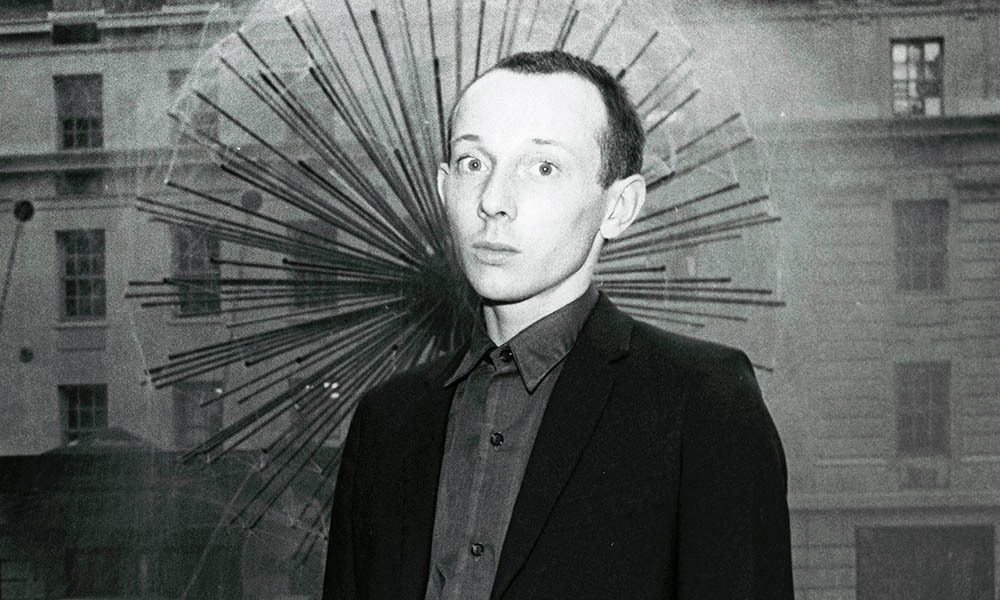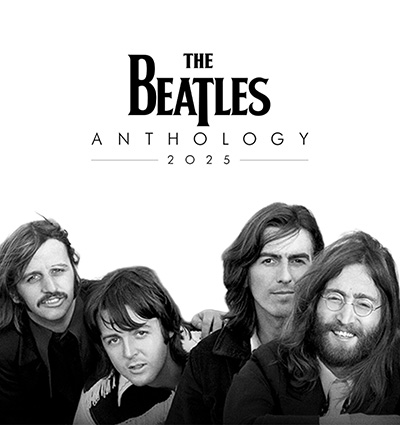Magazine
Quite possibly the definitive post-punk group, this Manchester crew heavily incoporated synths into its sound

Quite possibly the definitive post-punk band, Magazine blazed bright from 1977 to 1981, weathered any manner of line-up storms in rattling teacups, then came back triumphant in 2009 with a reunion that stunned new watchers and delighted old-timers who were rightly heard muttering – we told you so. But even from the opening salvo of ‘Shot By Both Sides’ it was apparent that Magazine – namely the super brained Howard Devoto, the legendary John McGeoch, the well-fancied Barry Adamson and the not to be forgotten Bob Dickinson and Martin Jackson – were a special edition. The then and now classic ‘Shot By Both Sides’ set a heady standard which acclaimed albums like Real Life, Secondhand Daylight, The Correct Use of Soap, et al. took out into the battlefields. Retrospectively influential on everyone from Guns N’ Roses (yep, it’s true) to The Mission, Mansun and Ministry, the ongoing Magazine were also in the full acquaintance of Messrs Morrissey and Marr. And that’s just the ‘M’s.
The band are also renowned for their careful productions and immaculate sonic variations – in that sense they were blessed with some of the most far-sighted producers of their era, John Leckie, Colin Thurston and the immortal console wizard Martin Hannett. Listen to Radiohead, for example, and you’ll realise the influence and reach of Magazine’s sonar. Indeed, when they reconvened a few years back Devoto and company sounded as relevant and challenging as ever. Either they were always that way, or are the others just catching up? Both probably…
Howard Devoto was always Magazine’s editor-in-chief. He was the words man and the singer and the master of ceremonies all rolled into one dynamic package. He put together the first line-up in 1977 after deciding that he wanted to try something a bit more adventurous than being in Buzzcocks – as great a guitar band as they were. Devoto left them with ‘Shot By Both Sides’, in that instance a razor-sharp love song. Once it became Magazine property it took on a cooler, fatalistic bent with a side order of morbid humour. So it went as the single missed out on a Top 40 placing when Howard refused to lip-synch to the track but stood there stony-faced. Tut tut.
The arrival of Dave Formula on keyboards heralded a flurry of line up changes but smarter critics soon latched on to the debut album, Real Life, an album that avoided straightforward noise and concentrated on a more forward-thinking approach exemplified by the opening ‘Definitive Gaze’ before really gathering steam during ‘The Great Beautician in the Sky’ and ‘The Light Pours Out of Me’. Small wonder this album regularly features in lists of the greatest debut discs of all time.
1979’s immaculate Secondhand Daylight concentrated minds again as Devoto and McGeoch built a layered edifice of quiet violence culminating in the shocking imagery of ‘Permafrost’. Brittle rhythms, deadpan lyrics and Formula’s eerie synth drones aside this album goes head-on with the listener, forcing as many emotional issues as is possible into the time assigned. Today it seems magnificently deranged – imagine if Captain Beefheart was born in Manchester. Demons are afoot.
John McGeoch would leave after the third album, The Correct Use of Soap, joining Siouxsie And The Banshees, but not before Magazine made their strongest statement to date. Returning to some of the bouncier moods of Real Life, the band also discovered their own version of dance music and hit upon the eccentric pop grooves of ‘A Song from Under the Floorboards’ and the elegant ‘Sweetheart Contract’. Perhaps just as startling was their cover of the Sly and the Family Stone soul lurch, ‘Thank You (Falettinme Be Mice Elf Agin)’, which took some nerve but was carried off with rare aplomb. The remastered with bonus material, including ‘Twenty Years Ago’ and ‘Upside Down’ is a consistent delight. This album was also played in its entirety when Magazine performed at the Royal Festival Hall in 2009 to standing ovations. It too stands up.
Enjoying a fruitful period of collaboration with producer Martin Hannett the band entered the hallowed ground of Trident Studios in London to make Magic, Murder and the Weather (1981). Given the internal tensions within the group – Devoto was none too pleased by McGeoch’s sloping off for a start – this disc was somewhat pigeonholed at the time as the last hurrah when in fact it now looms up again as a superb piece of admittedly nerve-shredding post-punk art. New guitarist Ben Mandelson slotted into place and co-wrote ‘The Honeymoon Killers’ with Adamson and Devoto and it sounds like the cornerstone for some pretty damn outré compositions. ‘This Poison’ and ‘Suburban Rhonda’ are bang on the money and the remaster, featuring ‘In The Dark’ and ‘The Operative’, helps make sense of a period when trouble could still be parlayed into triumph. Devoto’s ever more cynical lyrics and Formula’s frozen keys are the dominant force and the impression left is of a band going out with an aggrieved bang. Far better that than a damp squib whimper.
Howard Devoto’s decision to try another guise left Magazine with little choice but to join him; even so the wryly-named compilation After The Fact is a posthumous treasure. It includes their version of ‘Goldfinger’ (Shirley Bassey never did it quite this way) as well as The Magic Band’s ‘I Love You, You Big Dummy’, a much-admired B-side.
In retrospect, it’s easy to see and hear just how Magazine have impacted on the more avant-garde end of pop music they trail blazed and left in their wake. It seems as if they’ve also fallen back in love with what made them excel, a fine example of time lending detachment.
Other ways to discover the band abound. The live Play (recorded at Melbourne’s Festival Hall in 1980) proves they could translate abroad while the compilations Rays And Hail 1978-1981: The Best of Magazine; the excellent companion disc Scree – Rarities 1978-1981; and Where The Power Is are all fine items in their own right. Once you’ve digested those you could also try Maybe It’s Right To Be Nervous Now or the seminal The Complete John Peel Sessions.
A fan choice is also the Touch And Go Anthology, featuring ‘Give Me Everything’, the luscious ‘Model Worker’ and curveball tracks like ‘My Mind Ain’t So Open’ and ‘TV Baby’ that are a pertinent reminder – Magazine didn’t just transcend the indie punk movement, they blew it into the dust. Shot by both sides, they live to fight another day.














